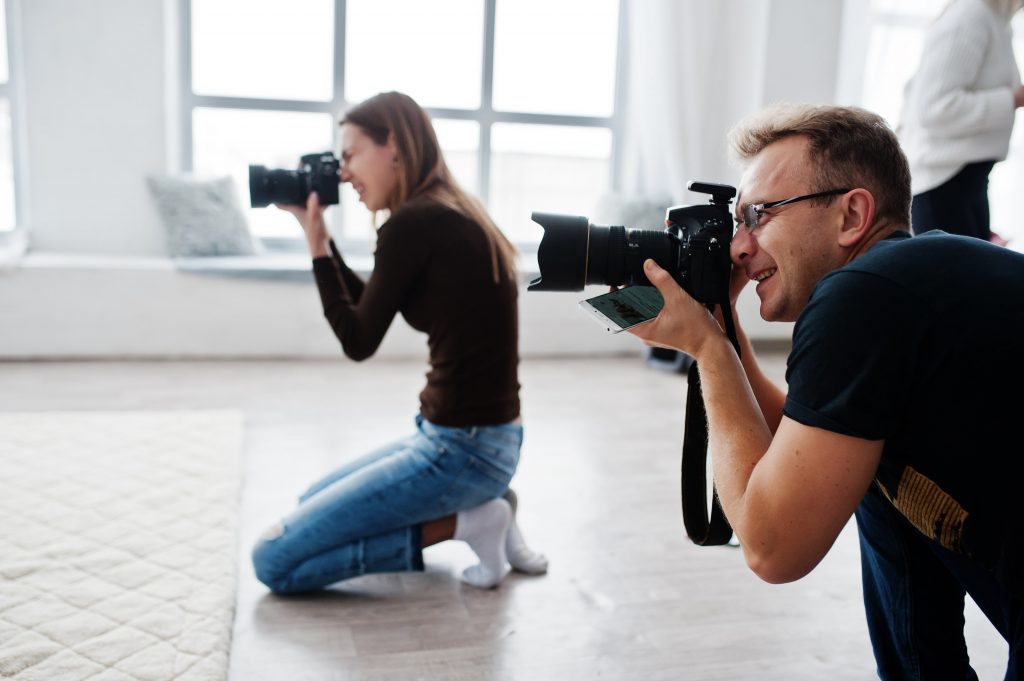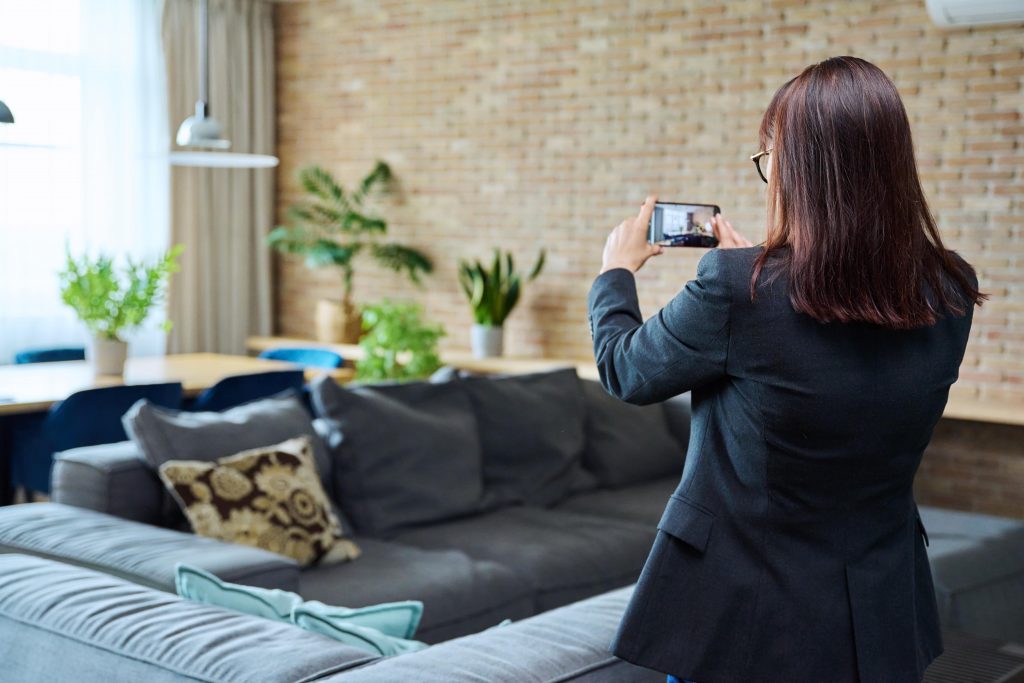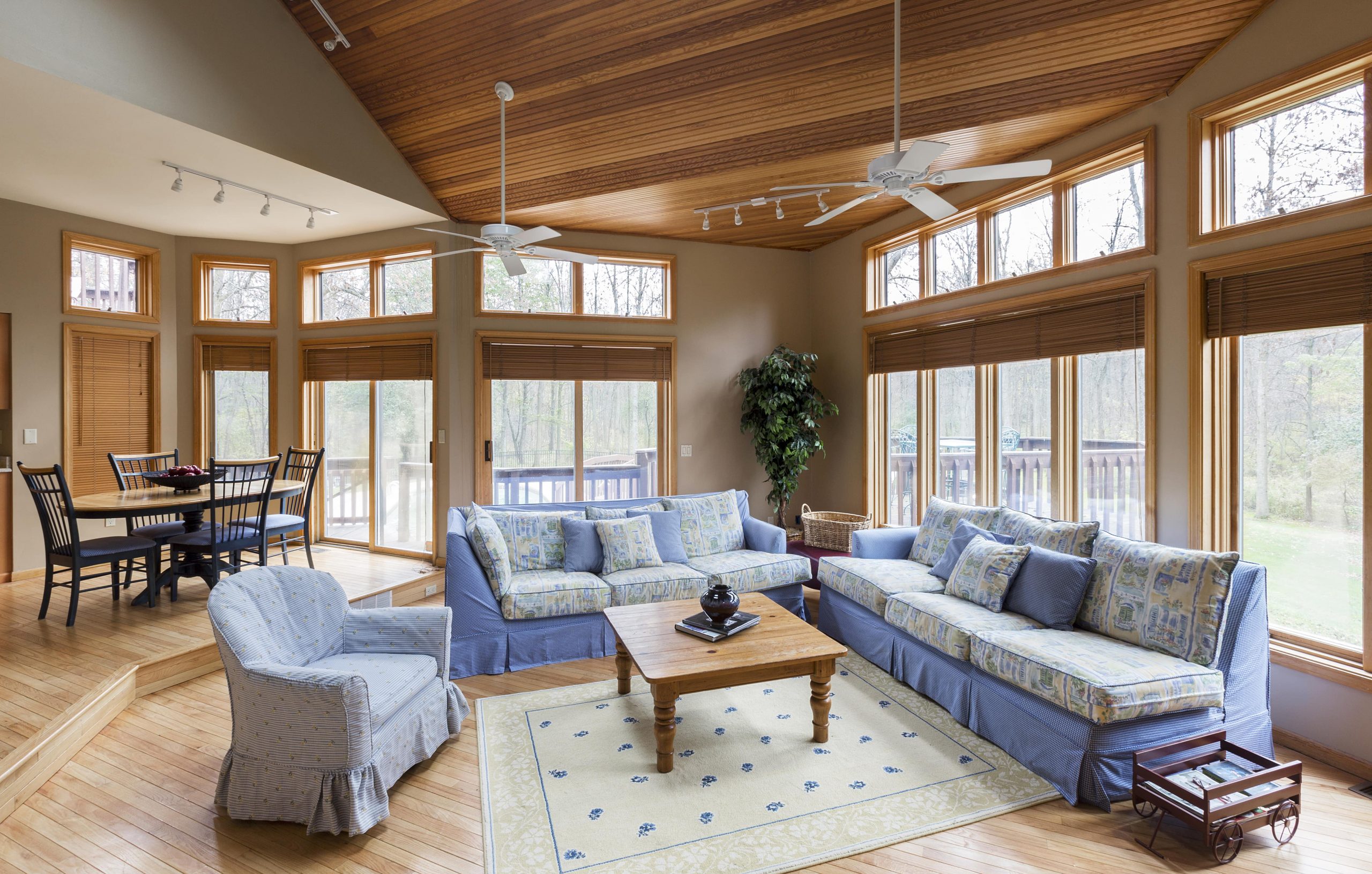In the world of real estate, visuals play a vital role in marketing a property. Whether it be for a listing on a website, a brochure, or even a social media post, high-quality photography can make all the difference in attracting potential buyers. Real estate photography is an art form that captures the essence of a property and showcases its best features. It goes beyond just taking pictures; it is about creating an experience and telling a story through visuals. With the advancement of technology and a growing reliance on the internet, potential buyers often make their first impression of a property based on the photographs they see online. Therefore, it is essential for real estate agents and property owners to invest in professional photography to ensure their listings stand out in a competitive market. In this article, we will delve into the importance of visuals in real estate marketing and explore how professional photography can make a difference in attracting potential buyers.
The Role of Real Estate Photography
Real estate photography improves listings and makes a good first impression. A picture is generally the first thing prospective buyers see when exploring property ads, and it might influence their choice.
Real estate photographers use several methods to highlight a property’s greatest attributes for listings. Wide-angle pictures demonstrate room size and natural lighting highlights architectural elements. They also stage and compose photographs to showcase the property’s distinctive selling characteristics.
A strong first impression is crucial in the competitive real estate market. High-quality photos attract buyers and encourage property exploration. Stunning photographs might make customers feel like they could live there. Real estate photography shows a property’s features and connects purchasers to it. It helps them visualise living in the house and decide whether to pursue further interest.
Real estate photography improves listings and makes a good first impression. It highlights a property’s greatest qualities and helps purchasers imagine living there.

Techniques for Capturing Stunning Real Estate Photos
Lighting and composition are essential to taking beautiful real estate images. Lighting creates a warm, inviting environment, while composition balances the frame’s features.
Real estate photography relies heavily on lighting. Natural light may enhance a house and create a cosy atmosphere. Artificial lighting may also reduce shadows and highlight the whole property. Professional photographers employ HDR and exposure bracketing to get the desired look.
Wide-angle lenses may also improve real estate images. Wide-angle lenses make rooms look bigger by capturing more area. Distorting the viewpoint may make photographs appear strange.
Another key to excellent real estate images is staging. Staging helps purchasers imagine living in the house. Declutter and depersonalise the room to emphasise its greatest aspects. Adding accessories and properly arranging furniture may also create an enticing ambiance. Beautiful real estate images take ability and attention to detail. Using wide-angle lenses and staging may boost the property’s attractiveness to purchasers. Lighting and composition are crucial. These tips may improve real estate photography and attract more buyers.
Equipment and Tools of the Trade
In the world of real estate photography, having the right equipment and tools is crucial to capture stunning images that will make properties stand out. When it comes to cameras suitable for this type of photography, professionals often opt for DSLR or mirrorless cameras with full-frame sensors. These cameras offer excellent image quality, low-light performance, and versatility in lens selection.
Additionally, having the right accessories is essential to ensure stability and precision in capturing shots. Tripods are a must-have tool for real estate photographers, as they help eliminate camera shake and enable meticulous composition. Drones, on the other hand, provide the opportunity to capture aerial views of properties, creating a unique and eye-catching perspective.
For post-processing, editing software plays a vital role in enhancing and fine-tuning the images. Adobe Lightroom is commonly used by real estate photographers due to its advanced editing tools and features such as lens correction and HDR imaging. Other popular editing software options include Capture One and DxO PhotoLab.
Investing in high-quality cameras, tripods, drones, and editing software is crucial for real estate photographers to showcase properties in their best light. These tools enable professionals to capture stunning and compelling images that attract potential buyers and highlight the unique features of each property.
Using Smartphones for Real Estate Photography
Smartphone real estate photography is growing in popularity. While it’s subjective, many feel cellphones can generate high-quality photographs that match professional cameras.
Smartphones make real estate photography easy. Real estate salespeople and property owners may always carry their cellphones, making it easy to take photos without heavy equipment. Smartphones have several image-enhancing functions. Smartphone cameras often feature high megapixel counts, numerous lenses, and image stabilisation. These qualities enable crisp, detailed low-light photography.
Smartphone photo editing applications abound. These programmes allow users to change brightness, contrast, saturation, eliminate imperfections, and apply filters to improve picture quality.
While a smartphone may not completely replace a professional camera in real estate photography, it can certainly produce high-quality images that are suitable for marketing properties. With the convenience, advanced camera technology, and editing apps available, using smartphones for real estate photography is a viable and effective option for capturing and enhancing property images. Especially with “fotografia inmobiliaria con teléfono movil“, the use of smartphones is recommended for the real estate photography industry.

Overcoming Challenges in Real Estate Photography
Real estate photographers have several challenges while trying to get the right image. Clutter and confined spaces are frequent obstacles. Even if a house is small or untidy, real estate photography must show it as clean and expansive. Photographers need creativity to develop angles and compositions that make the area seem open and welcoming.
Managing outside photographs in different weather situations is another real estate photography issue. Nature is unpredictable, so photographers must work around bad weather. Rain, snow, and bright sunshine may degrade outdoor photos. Adjusting camera settings, using filters or lighting, and finding the correct time to shoot the property’s exterior demands experience.
Another major issue for real estate photos is glare and reflections. Glass windows, mirrors, and shiny surfaces may reflect or glare, reducing visual quality and clarity. To avoid these challenges, photographers could use polarising filters, angle adjustments, and lighting manipulation.
Technical skills, expertise, and ingenuity are needed to overcome these obstacles. To highlight houses, real estate photographers must adjust to changing lighting and develop creative solutions. They may overcome these problems and create great real estate photographs with attention to detail and quick thinking.
Trends and Innovations in Real Estate Photography
Due to technology and customer tastes, real estate photography has changed significantly. Virtual staging and 3D tours and aerial photography and drone technologies are two major developments.
VR staging and 3D tours have transformed property viewing for purchasers. Real estate brokers and photographers may visually stage rooms using computer-generated graphics to show how they might be used. Additionally, 3D tours let prospective buyers virtually explore a house, making it more immersive and engaging. Physical staging and several property visits may be unnecessary with these new methods, saving time and money.
Aerial and drone photography have also revolutionised real estate photography. An aerial image shows property location, amenities, and breathtaking vistas. Drones make these shoots easier, faster, and cheaper. Drones allow photographers to snap spectacular images from numerous perspectives and heights, showcasing the property in a compelling way. Lifestyle imagery in real estate photography is essential for eliciting emotions and attracting purchasers. The photographer inspires desire and connection by showing the property during a family gathering or outside BBQ. Lifestyle photos help purchasers imagine living in the home and feel connected to it.
Virtual staging, 3D tours, aerial photography, drones, and lifestyle photos have changed real estate photography. These trends and developments have created more immersive and engaging experiences, attracting buyers and improving the sales process in the competitive real estate market.

Conclusion
In conclusion, real estate photography plays a crucial role in the successful marketing of properties. It allows potential buyers to get a comprehensive view of the property before making a visit, which saves time and effort for both parties involved. Key considerations for effective property marketing include capturing the property’s best features, using high-quality equipment and skills, and editing the images to enhance their appeal. Moreover, the ongoing evolution and relevance of visuals in the real estate industry cannot be ignored. With the increasing use of virtual reality and 3D imaging technology, visuals have become even more essential in attracting and engaging potential buyers. The ability to showcase a property’s unique selling points through stunning visuals has become a game-changer in the competitive real estate market. As the industry continues to evolve, it is imperative for real estate professionals to stay updated with the latest visual marketing trends to effectively promote and sell properties.

